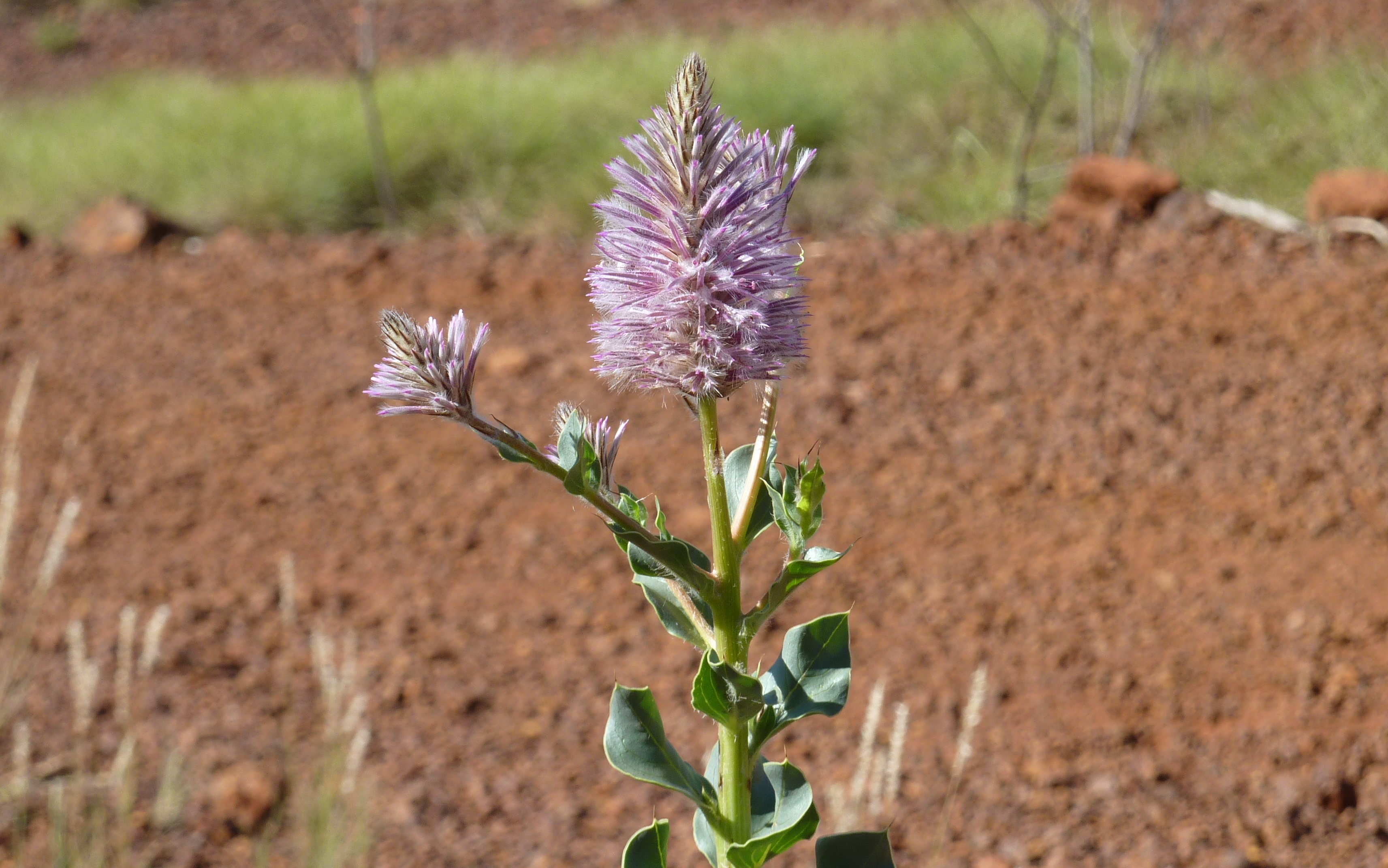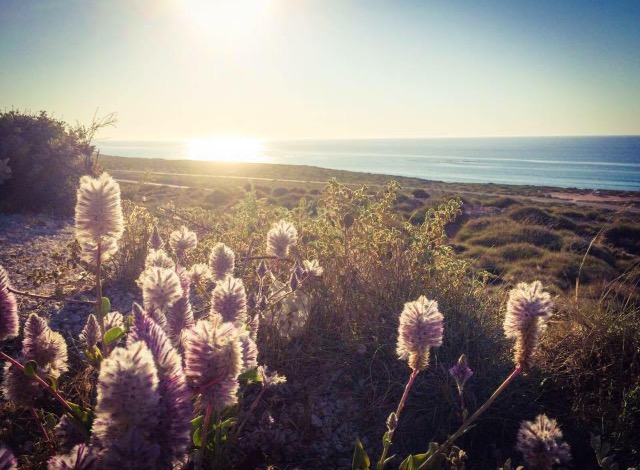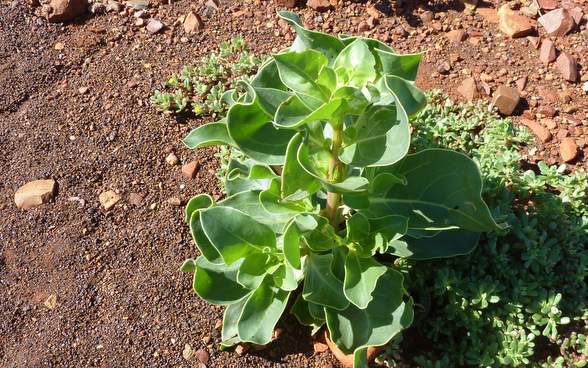Field Guide
Improve your identification skills. Download your Purple Mulla Mulla field guide here!
Erect annual herb. Grows up to 1.2 m high.
It is one of the largest Mulla Mulla's.
Basal rosette of spatula shaped leaves up to 10 cm long.
Pink/purple flower spikes are up to 10 cm long and 4 cm across with loose-hairy flowers.

First fully open single flower
Full flowering (record all days)
End of flowering (when 95% of the flowers have faded)
No flowering


It is a distinctive species and unlikely to be confused for any other.